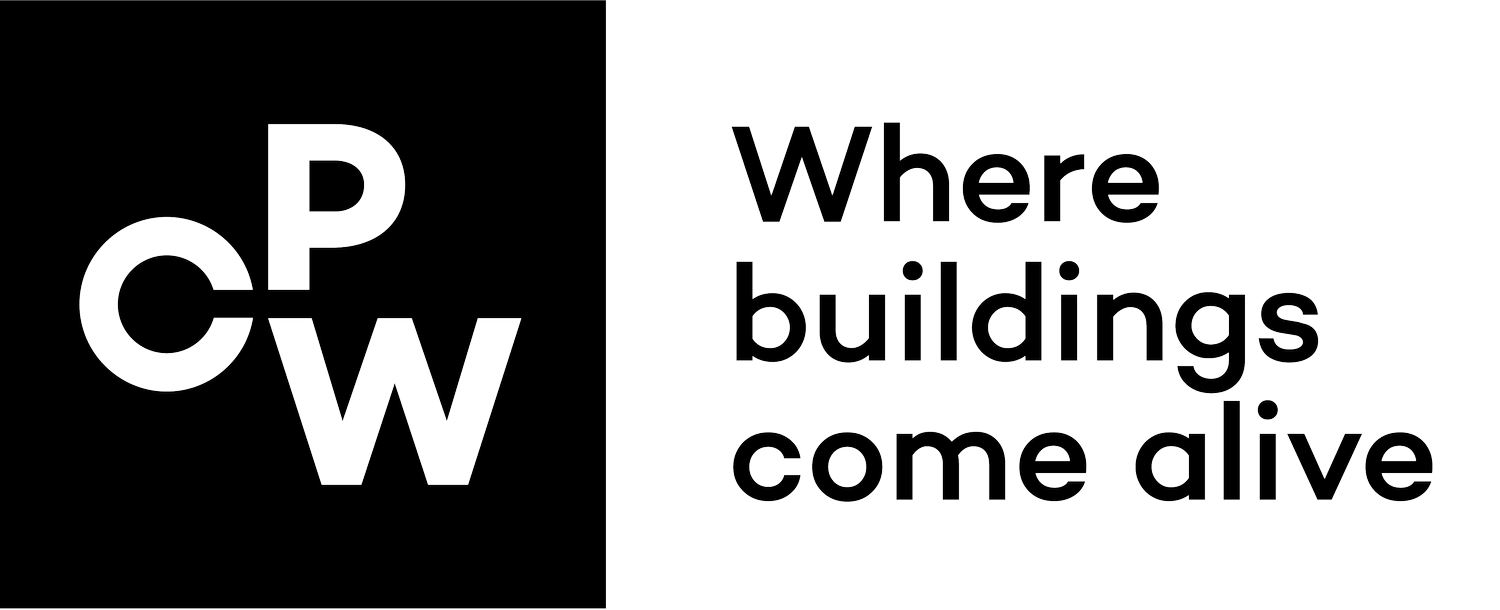Early engagement: Buzzword or vital to reaching sustainable targets
Early engagement is a familiar term to design teams, but how much of a difference does it make? Lloyd Phillips, our Senior Mechanical Design Engineer, explains how the new Part L regulations make it more important than ever.
Historically, bringing building services design in much later down the project timeline has been the industry standard and we’ve always made it work. That isn’t to say that this approach doesn’t cause problems – we’ve had to contend many architectural designs due to tiny plant rooms being put behind stairwells, heavily glazed south façades that will cause rooms to overheat, or proposed roof spaces not being able to accommodate the full array of PV required.
However, the ever-increasing client focus on sustainability and carbon targets due to an update in Part L of the building regulations means that early engagement is becoming increasingly vital.
Regulations are getting tighter and tighter, and technology is developing at a faster pace than ever before to allow buildings to be better performing than they ever have. Designs therefore need to be both comprehensibly informed and compliant to pass the planning phase, and the buildings need to not only hit their sustainable targets for local and national planning policies but also incorporate engineered solutions that allows them to be futureproofed. I therefore feel that MEP engineers are both disruptors and problem solvers within project teams – but for the right reasons as we can make a tangible difference.
An example is the £15.7m Top Wighay Offices for Nottinghamshire County Council – which we are working on with Arc and Gleeds. We have been engaged from the early stages, which was crucial as the team was able to mitigate potential problems as early as possible around renewables and the technologies required for compliance and usability.
The project has also been designed within a collaborative online environment. The benefit of this is that models created by different disciplines come together to form a federated central model. The process requires all design team members to be involved from the outset – enabling building services, structures and architectural designs to all be coordinated, consequently making it easier to resolve any issues. Incoming utilities and services to power and serve the building were also needed early to get the project off the ground, which falls within our remit and further proves the value of early engagement.
Approved for planning last year, the local authority’s first carbon-neutral office is testament to the design team working together to collaboratively design this prestigious building and support every aspect of reaching BREEAM Excellent.
Another key consideration for early engagement is the different requirements of building services. With mechanical engineering design, which is my specialism, services are typically hidden away in walls and ceilings – but if the architect designs a building with exposed ceilings or services, this has to be accounted for early on to accommodate not only for safety and sustainability but also aesthetics.
However, for my electrical colleagues within the design team there are far more considerations surrounding end-user operation and how much control clients want to give users over the lighting, power, data, security and access, etc. Client engagement meetings really help with understanding these challenges as we can iron out these details early on.
This is particularly true on education projects including schools, where we have multiple meetings to pick up all elements required. It also helps that the Department for Education (DfE) has a detailed, outlined and robust standards which mean we’re involved from day one to work alongside the architect, ensuring the building works for the user.
My team have worked on projects such as Loughborough College’s campus redesign, where we have been involved in the refurbishment and replacement works to enable buildings to make better use of energy and reduce carbon emissions. Our involvement spanned design, onsite monitoring, witnessing and handover of newbuild educational spaces that demonstrate our thorough understanding of the client’s own specification requirements, user needs, and design preferences.
Here at CPW we work across multiple sectors, which helps with early engagement as we can walk on to pretty much any project and have prior experience – which benefits the client. We’re also supported by our technical team, which includes professionals with a wide variety of skills – including for example our acoustics consultants and vertical transport teams, as well as our sustainability team, which focuses on ensuring all our engineers are informed and knowledgeable about all aspects of low and zero carbon design, best practice, new innovations, UK industry standards, accreditations and more.
There are many facets to early engagement and certain sectors, clients and contractors are more receptive or have past experience in engaging us early. Some perceive it as more expensive with a negative impact on the bottom line, but while there may be more in consultancy fees, you will save so much in time and money during the project timeline by mitigating issues early on or at least starting the discussions on how to solve major issues. Sometimes, for example, clients will only use specific manufacturer. Where this is the case, the specification process is much more limited, and the building services design process is sped up by acquiring this information earlier, allowing certain decisions to already have been made – plant space requirements, for example.
In my experience, early engagement, similarly to collaboration, is key to building trust, which increases the chances of project success – and that can only ever be a good thing.
Interested in collaborating with us on a project? Get in touch here.


